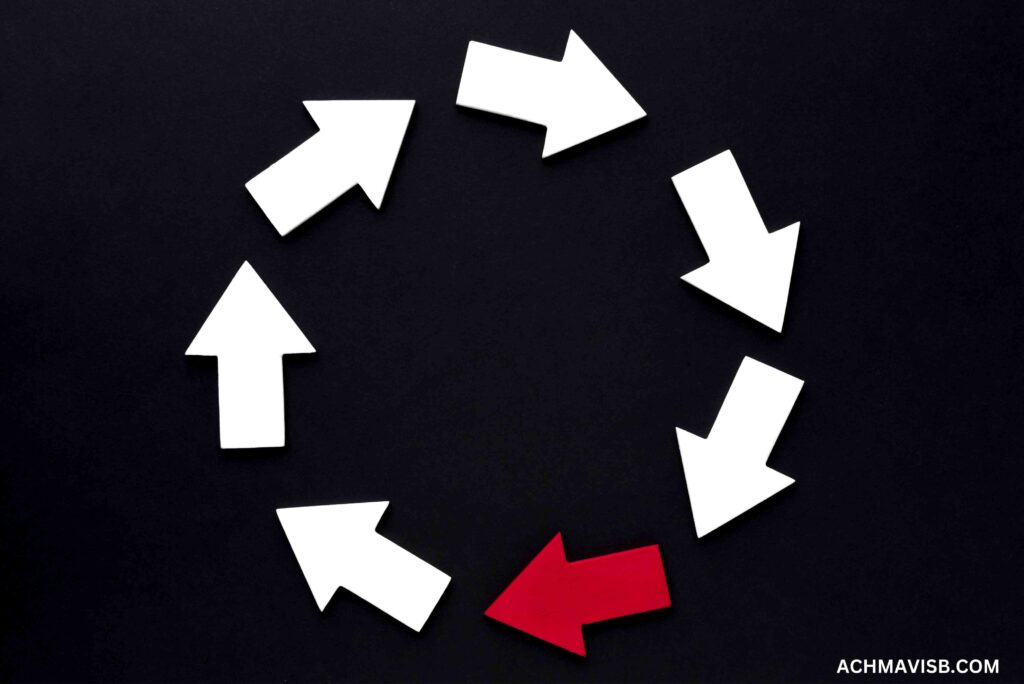Introduction
When you’re studying for the NAPLEX, pharmacy calculations are crucial, and one area that can be particularly confusing is converting and rounding milliliters of mL in an OZ NAPLEX 30. Whether you’re a seasoned pharmacy student or just beginning your journey, mastering these calculations is essential. Not only is this knowledge necessary for the NAPLEX exam, but it also plays a huge role in daily pharmaceutical practice. So, let’s break it down step by step and ensure you have all the tools to ace these conversions.
What is Rounding in Pharmacy?
Pharmacy calculations are often not as straightforward as we wish. In practice, precision is everything. Sometimes, though, exact numbers aren’t feasible, and that’s where rounding comes in. Rounding helps make measurements more practical, but it must be done carefully. Even small errors can lead to dosing mistakes. For pharmacy students preparing for the Rounding mL in an OZ NAPLEX 30, understanding when and how to round correctly is essential.
Understanding Rounding mL in an OZ NAPLEX 30
Before we dive into rounding techniques, let’s first understand the units we’re working with. Milliliters (mL) and ounces (oz) are both units used to measure liquid volume. While the metric system (mL) is widely used in healthcare, ounces (oz) still appear in prescriptions, especially in the US. Knowing how to convert between these two units accurately is a key skill for pharmacists.
How do mL and oz compare?
An ounce is larger than a milliliter. To be precise:
- 1 fluid ounce (fl oz) = 29.5735 mL
- 1 mL = 0.0338 fl oz
However, when calculating for practical purposes, rounding this conversion can be helpful, and in many cases, you’ll approximate 1 fl oz as 30 mL to make calculations more manageable.
The Importance of Accuracy
When administering medications, accuracy is critical. Too much of a drug could lead to toxicity, while too little could render the treatment ineffective. Converting between mL and oz, then rounding the values correctly, ensures that you’re providing the correct dosage. In the NAPLEX exam, your ability to perform these calculations accurately will be tested.
Common Conversion Factors
Here are some commonly used conversions that pharmacy students should know by heart:
- 1 oz = 30 mL (rounded for ease)
- 1 mL = 0.0338 oz
- 5 mL = 1 teaspoon
- 15 mL = 1 tablespoon
- 1 liter (L) = 1000 mL
How to Round Properly

Now that we’ve got our conversions down, it’s time to tackle rounding. The general rule for rounding is to look at the digit immediately to the right of the place value you’re rounding to:
- If it’s 5 or greater, round up.
- If it’s less than 5, round down.
For example:
- 29.5735 mL rounds to 30 mL (because the 5 is greater than 4).
- 29.4 mL rounds to 29 mL (because the 4 is less than 5).
Why does this matter?
In a pharmacy setting, this ensures the accuracy of dosing. On the NAPLEX, rounding correctly can mean the difference between a correct or incorrect answer.
Rounding Rules in NAPLEX 30
On the NAPLEX exam, specific rounding rules are used, and it’s important to be familiar with them. Here are a few key points:
- Medication Doses: Round to the nearest whole number unless otherwise specified.
- Liquid Measurements: When converting between units (mL and oz), round at the end of the calculation.
- Multiple-Step Problems: Only round once—after the final step. Rounding too early can lead to errors.
Practice Problems
To prepare for the NAPLEX, practice is key. Let’s go over a few example problems:
Example 1: You have a prescription for 2 oz of a liquid medication. How many milliliters should you dispense?
Solution: 2 oz x 30 mL/oz = 60 mL
Example 2: You need to administer 150 mL of medication. How many ounces is that?
Solution: 150 mL x 0.0338 oz/mL = 5.07 oz, rounded to 5 oz.
Why Rounding Errors Happen
Rounding errors usually occur when students rush through calculations or round too early in multi-step problems. It’s important to stay calm and follow the steps methodically. Always double-check your work, especially if the answer feels too far from what you expected.
Common Mistakes to Avoid
- Rounding too early: Always complete the entire calculation before rounding.
- Confusing units: Be sure you’re converting correctly between mL and oz before rounding.
- Misinterpreting NAPLEX instructions: Read carefully; some problems may specify different rounding requirements.
Real-Life Application of Rounding
Pharmacy is one of the fields where rounding has real-world consequences. Imagine preparing an intravenous (IV) drug for a patient. A small rounding error could lead to serious consequences, affecting the effectiveness or safety of the treatment. By mastering this skill now, you’re not only preparing for the NAPLEX but also for your future career as a pharmacist.
Reviewing Before the NAPLEX Exam
Before you take the NAPLEX, review your rounding rules, conversions, and practice problems regularly. Ensure you’re comfortable with rounding mL in oz conversions, as these calculations are often included in the exam.
FAQs
1. Why is it important to round mL in oz conversions?
Rounding mL in oz conversions ensures that medications are administered safely and accurately, preventing dosing errors that could impact patient care.
2. What is the rounding rule for the NAPLEX?
The general rounding rule is to round to the nearest whole number unless specified otherwise. Always round after completing the full calculation, not during intermediate steps.
3. How many mL are in 1 oz?
There are approximately 30 mL in 1 fluid ounce.
4. What happens if I make a rounding error during the NAPLEX?
Making a rounding error can result in an incorrect answer, which could lower your overall exam score. That’s why it’s crucial to practice proper rounding techniques.
5. Can I round during the middle of a multi-step problem?
No, it’s important to wait until the end of the problem to round. Rounding too early can introduce errors into your final answer.
Conclusion
Rounding Rounding mL in an OZ NAPLEX 30 may seem like a small part of pharmacy calculations, but it has a significant impact on both your NAPLEX performance and real-world pharmaceutical practice. By understanding the conversion factors, practicing your calculations, and following the rules carefully, you can master this essential skill and feel confident in your abilities as a future pharmacist.
